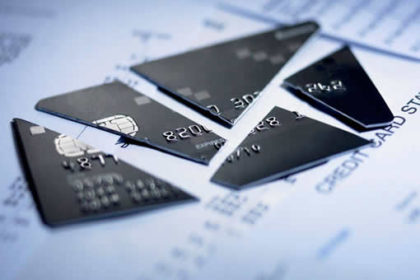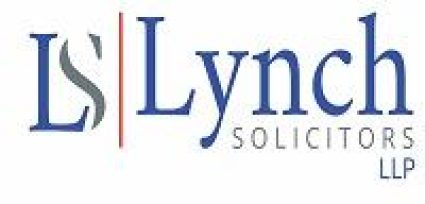
What is Bankruptcy?
Bankruptcy is a process where the property or assets of a borrower who is unable or unwilling to pay their debts are transferred to a person who is given charge of the property by the High Court (called the Official Assignee) to be sold. When sold, the costs, expenses, court fees and certain priority debts of lenders (such as revenue liabilities, local rates, certain employees’ entitlements etc) are paid. After this, the proceeds are divided between all other lenders who are owed money.
The Debtor is then subject to the Bankruptcy period of three years after which they are essentially debt-free. Any amounts outstanding to creditors at that time are written off. If the Debtor is earning they may be subject to an Income Order for 5 years, these 5 years can begin to run from when they are declared bankrupt.
This means that you will receive a figure which represents your reasonable living expenses as determined by ISI guidelines to live off of and anything over and above this will be put towards the payment of your debt. This is a real option for those who are drowning in unsustainable debt to start again without the weight of their borrowings hanging over them.
[soundcloud id=204028716]What are the main consequences of bankruptcy?
On bankruptcy, all your existing debts are written off.
However:
- your assets, including any bank accounts, are frozen;
- in most circumstances, you will be interviewed at the Assignee in Bankruptcy Office or over the telephone;
- you must disclose all your assets, liabilities and earnings;
- the Assignee will assess your income to get voluntary contributions from you over a three year period;
- your bankruptcy is advertised.
The most common restrictions for a bankrupt are that you cannot:
- Obtain credit over €635 without disclosing that you are bankrupt;
- act as a director of a limited company or be involved in its management without leave of Court;
- be involved in a partnership.
You Can:
• earn money either as an employee or self-employed trading under the name you were made bankrupt;
• operate a bank account though this will be in credit at all times;
• retain a motor vehicle so long as the Assignee’s considers it a necessity;
• retain household furniture and effects sufficient for the basic domestic needs of yourself and your family up to €6000
During the period you cannot own anything and anything that you do own on bankruptcy ( eg property) becomes the property of the Assignee. He will take steps to realise assets for the benefit of creditors.
Your Property will be offered first to members of your family giving them the option to purchase your share of the equity before it is placed for sale on the open market.
If the property or any other asset remains unsold when your bankruptcy finishes, it does not revert to you but can still be realised by the Assignee at a later date. For example, a property that may not have any equity in it on bankruptcy may appreciate in value and so cost more to buyback.
Should you receive any legacy or windfall during the period then this will form part of your Estate and must be paid over to the Assignee.
You should co-operate and disclose your whereabouts and earnings and assets to the Assignee or run the risk of prolonging your bankruptcy period to 8 years.
What Are The New Changes to Bankruptcy Costs
The Insolvency Service then, last October, sought to take the first real steps to change the measures since their reform in 2012. This was done by reducing Bankruptcy application fees from over €1,000 down to just €270.
How many people are actually going Bankrupt or through Insolvency?
The release of statistics from the ISI has also shown that the number of people availing of debt solutions increased to a large extent at the end of 2014 and is expected to grow with the initiatives set to continue in 2015.
In total, around 1,000 cases were reported, almost half of which were cases of bankruptcy:
- Bankruptcy cases 448.
- Alternatives to bankruptcy 547
Lorcan O’Connor, head of the ISI, has said that the office is now dealing with debt of almost €1.5 billion which is “is increasing every month and the trend is continuing to move in the right direction”. It is clearly the case that people are now finding sustainable solutions to relieve themselves from the debt that has been weighing them down over the last number of years. Since January 2015 over 7,000 new court cases have been started by lenders to repossess properties. It is also the case that over 37,000 mortgages are still over 2 years in arrears and so it is obvious that a huge amount of people are not dealing with their debt or availing of the options available.
What about further reform?
Further change has been called for and it seems that pressure from all sides is now having the effect of persuading the government to make the necessary changes.
Labour TD Willie Penrose has been proposing further reforms to reduce the Bankruptcy period to just one year, (similar to that in the UK currently), to give people the chance to get back on their feet without wasting excessive years in financial limbo. Just last week, an Taoiseach, Enda Kenny expressed that reform of the area will be shortly and stated that they are open to considering this proposal.
With upcoming elections, now is the ideal time to make real changes to help those with debt difficulty.

